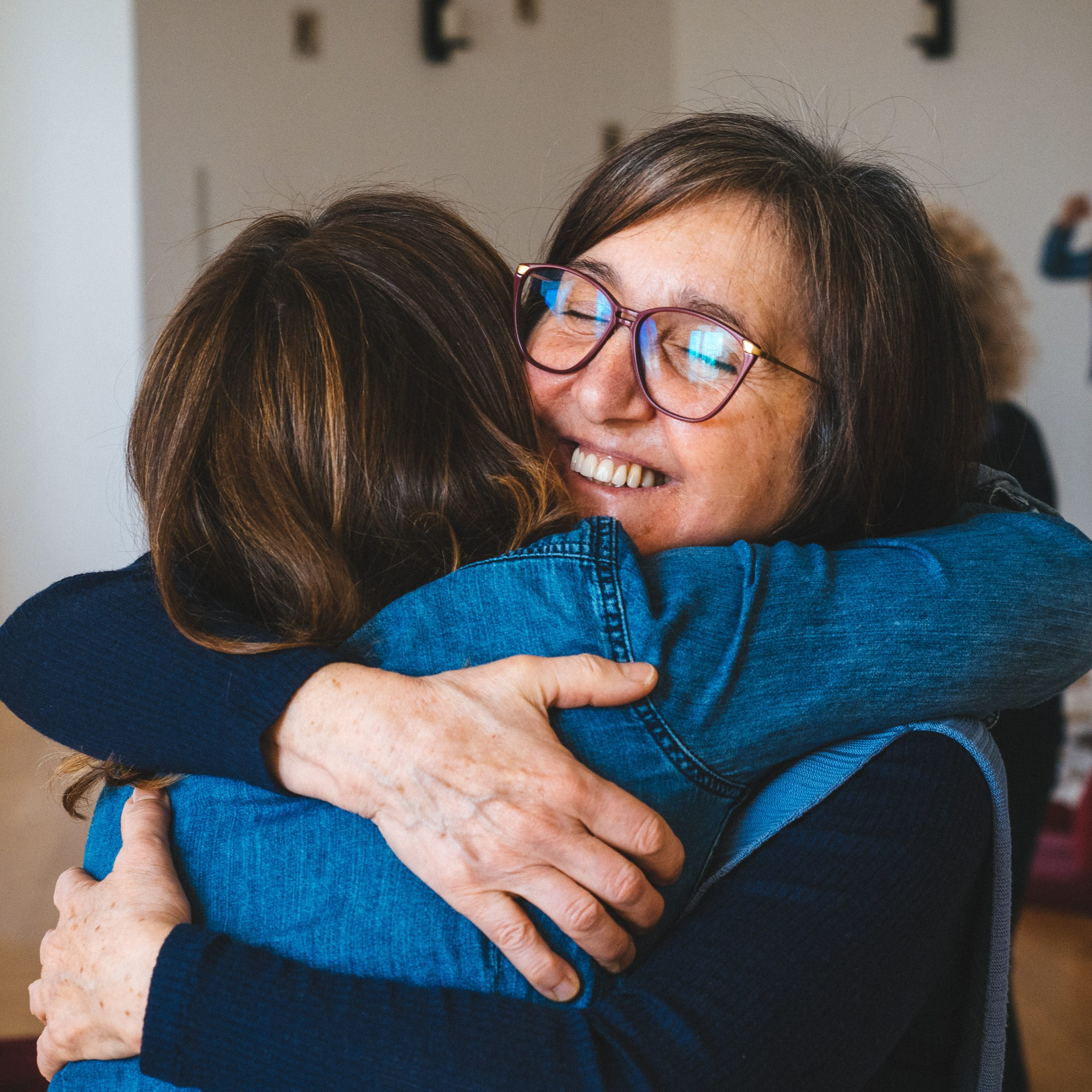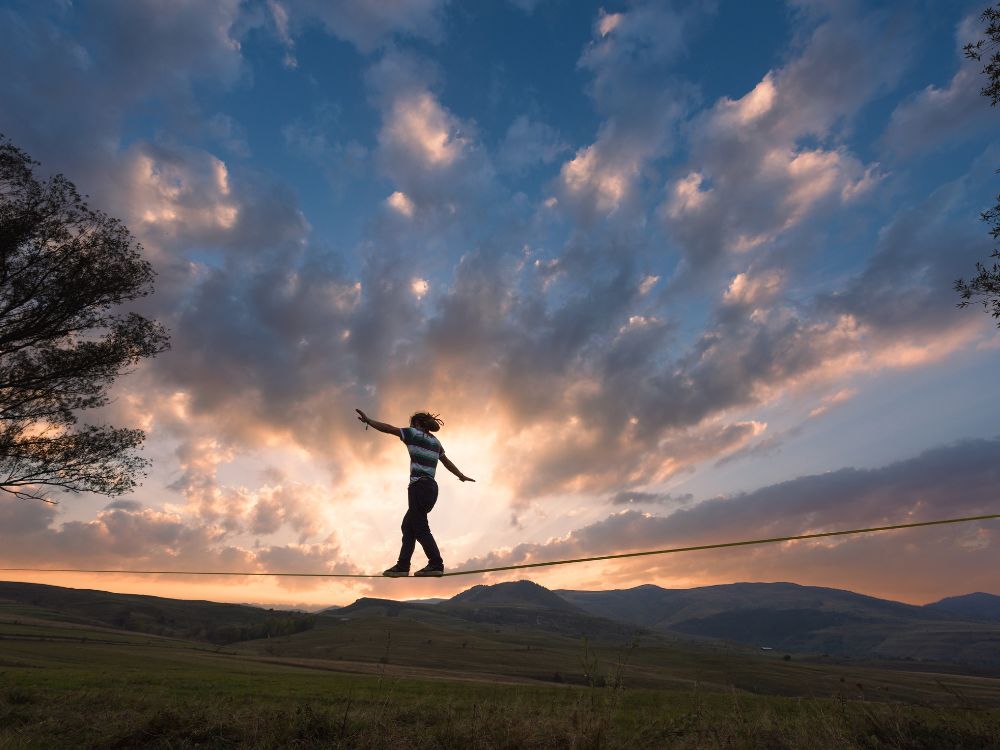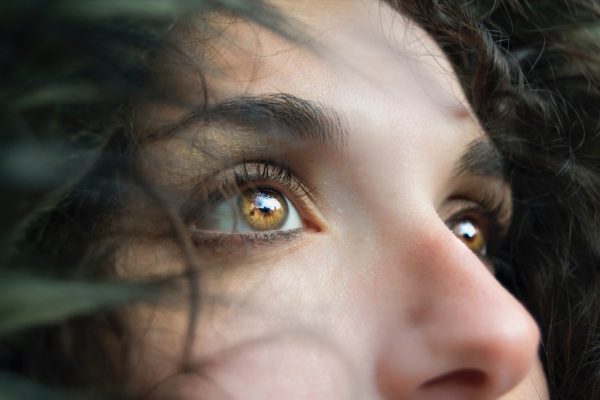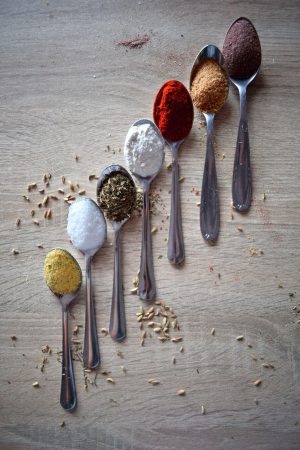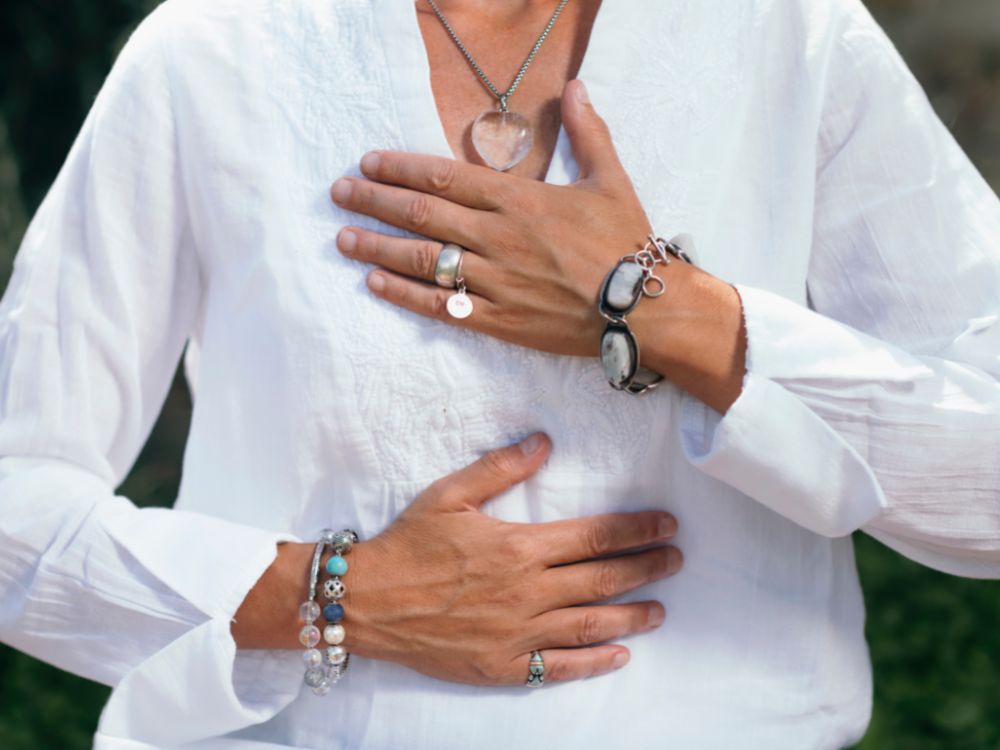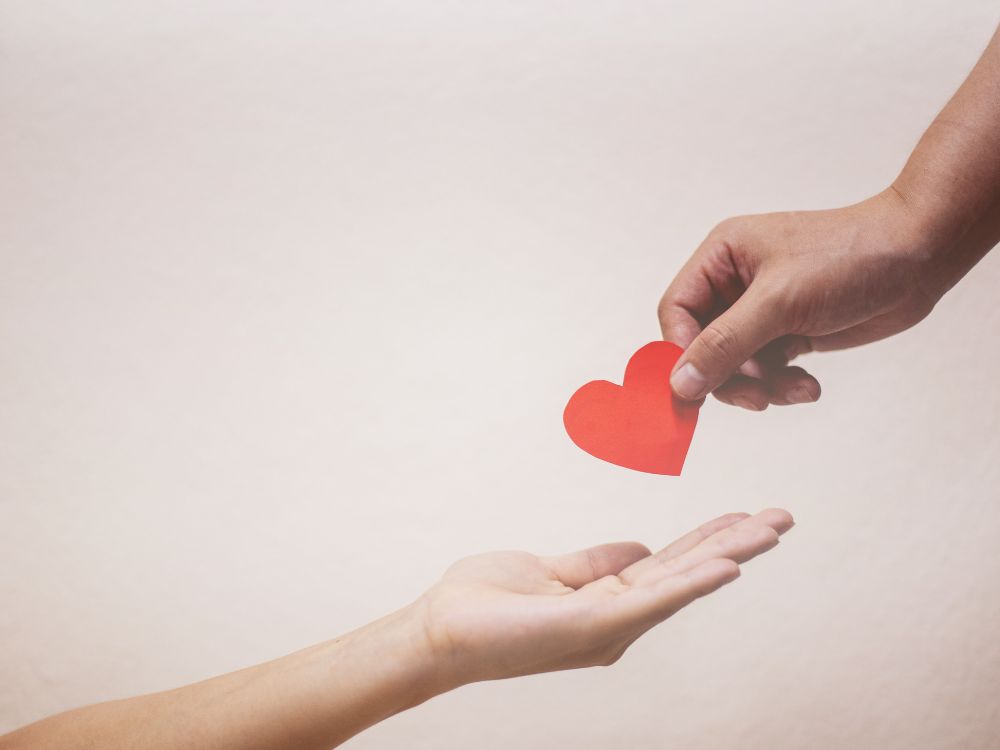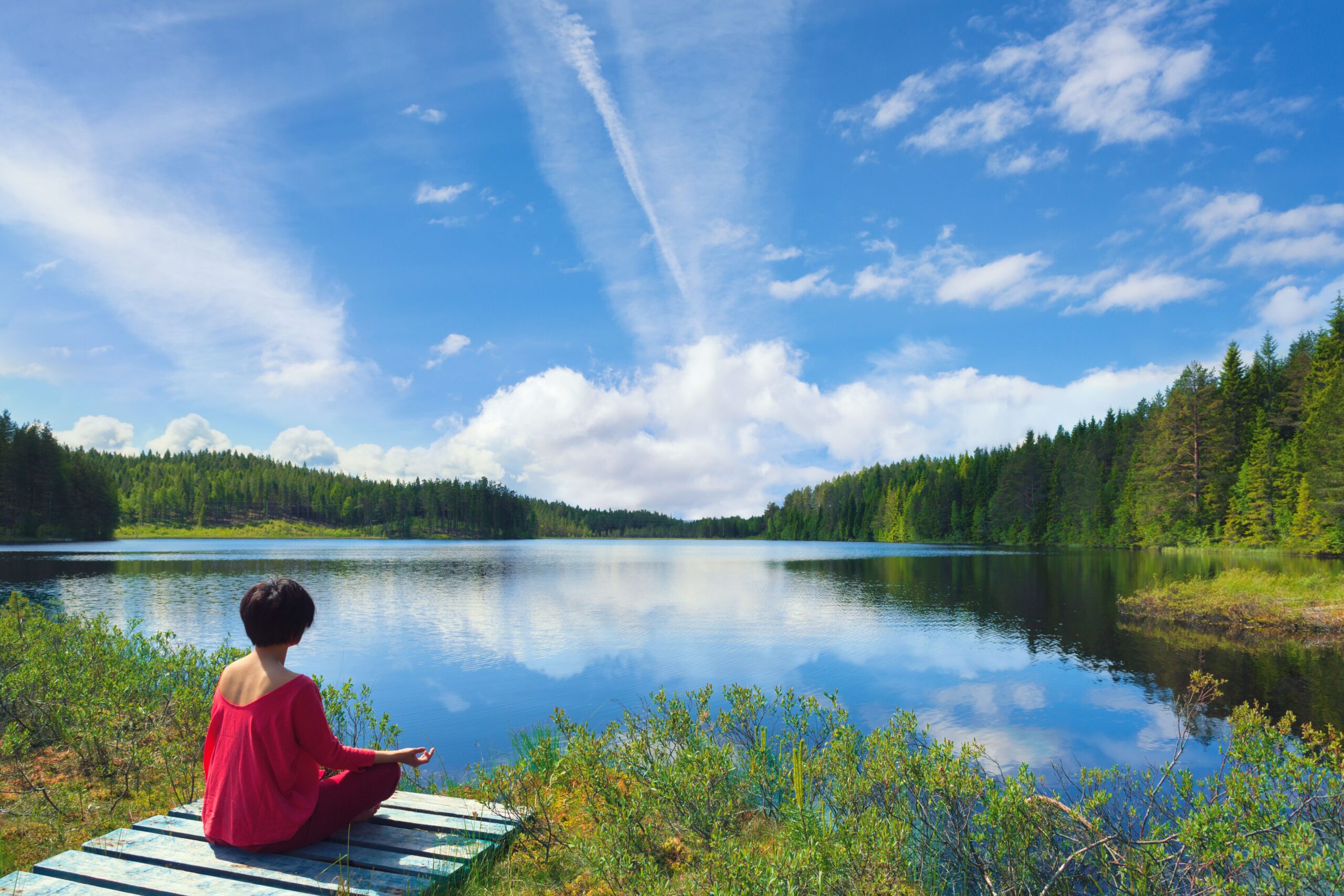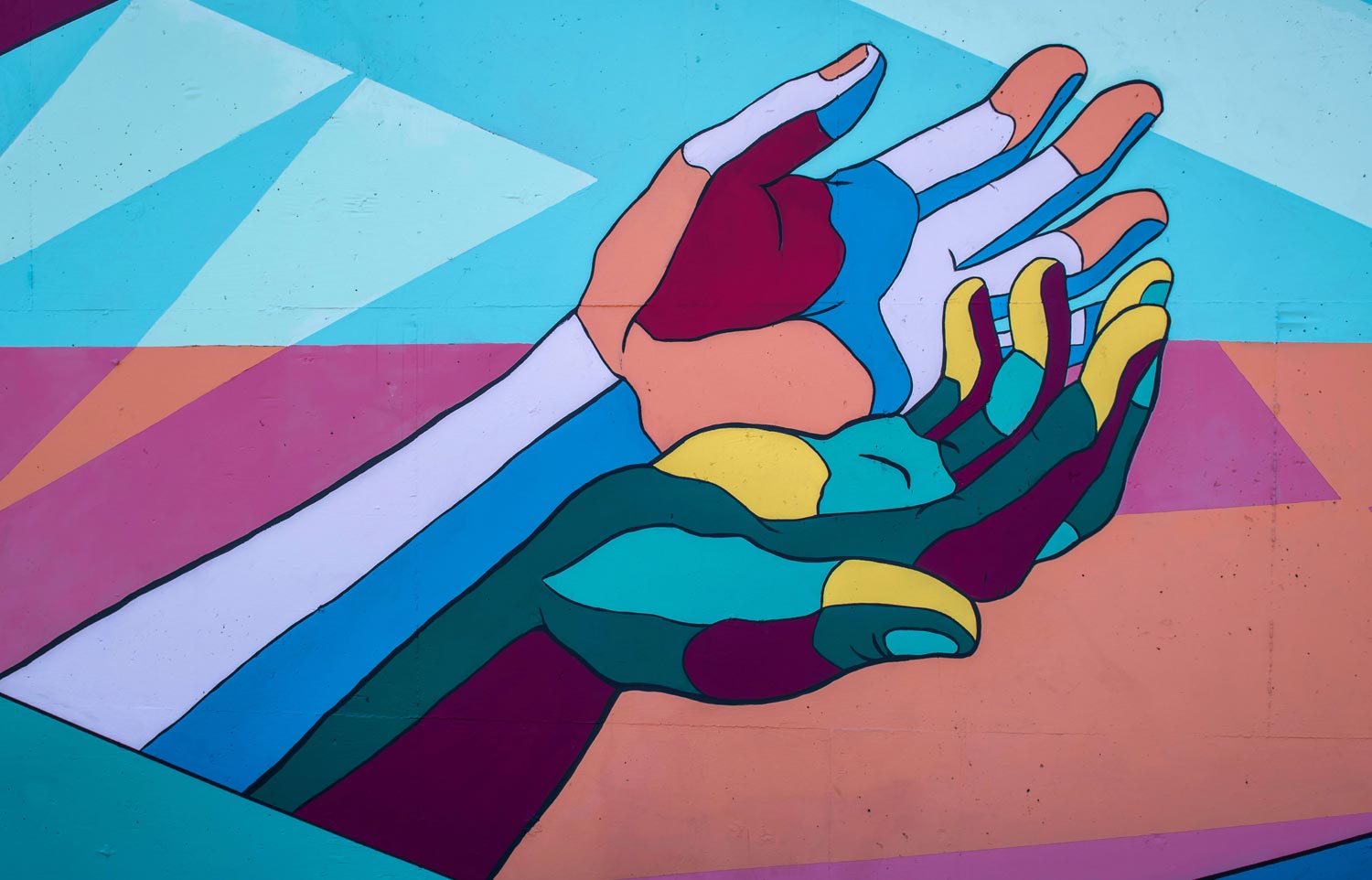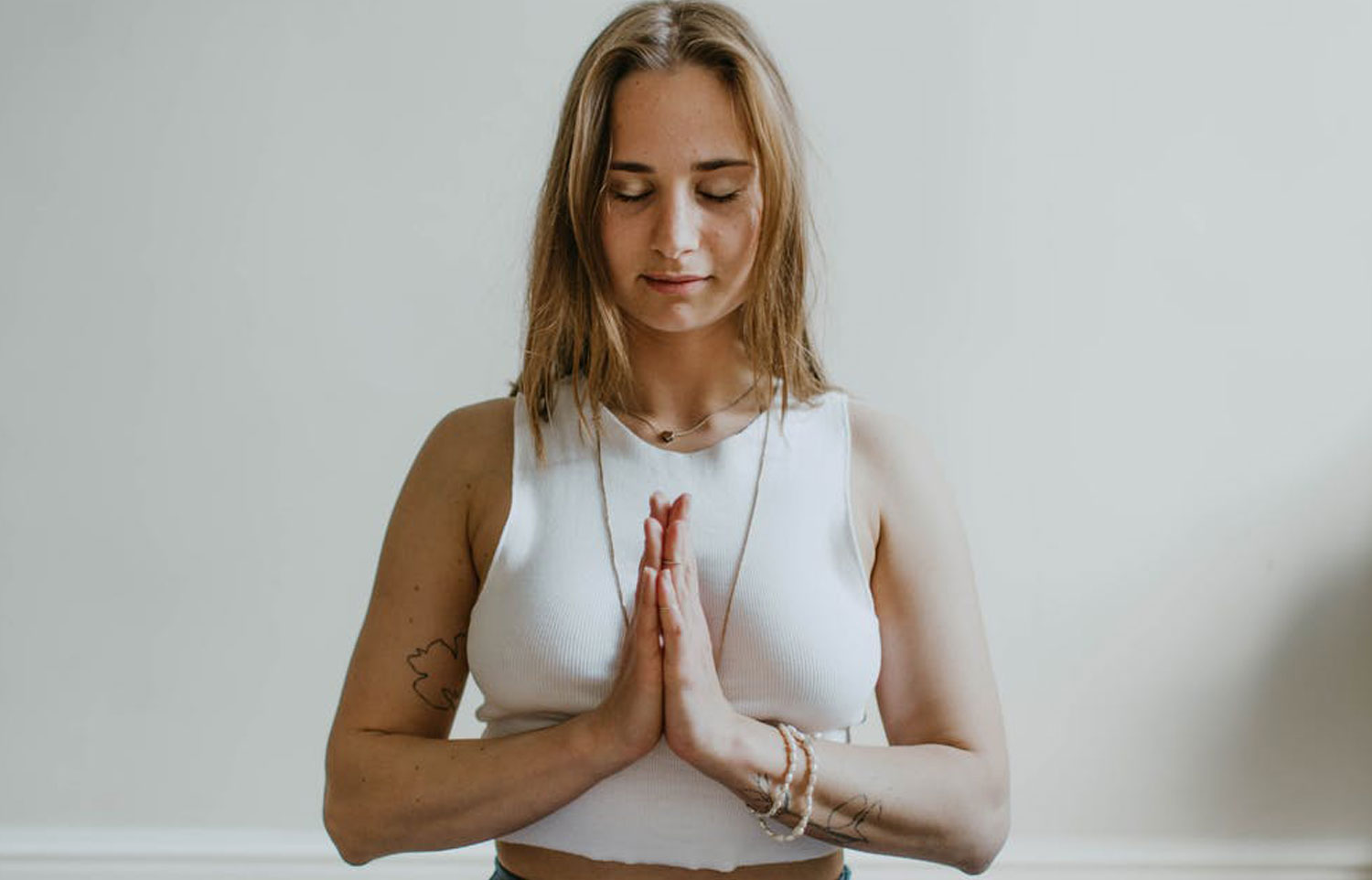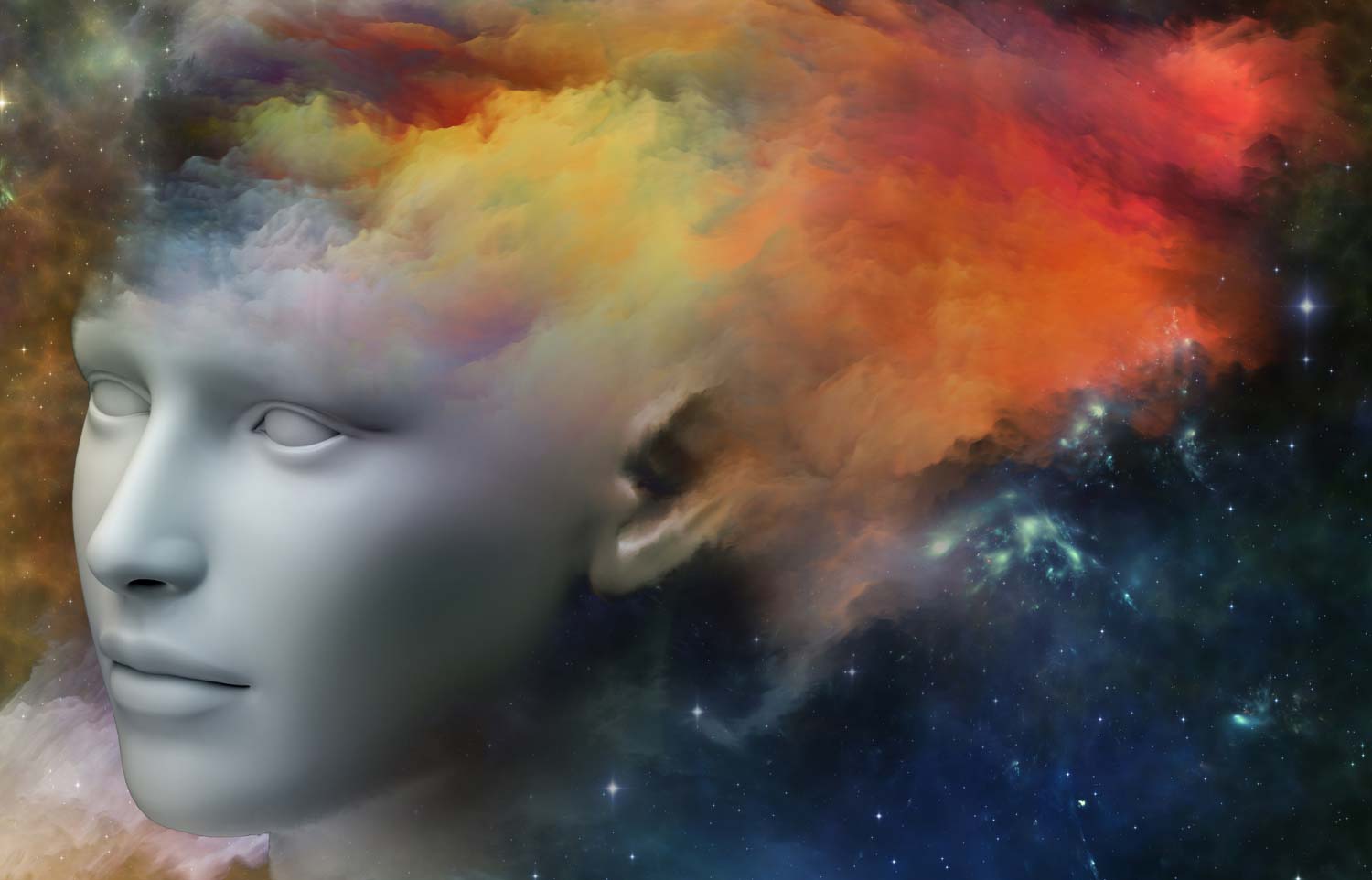What’s the most rewarding thing about getting older?
I experience that time has more space. I can breathe deeply, I experience more space inside my container, like it is getting bigger inside. The capacity of including more things, situations are less black and white. There is an understanding that brings grace, and I am more patient and accepting.
I have more of a 360 degree point of view, and better able to see the bigger picture. It might have to do with the fact that I have been on a spiritual path for 40 years, it could be a result of that. I feel open, spacious. Also, a big bonus, I don’t have to worry about what men think anymore!
Who was the most influential person in your life?
My father. He was always supportive of me, whatever I was interested in, encouraging me, making me feel I could do anything, he never said no. This gave me so much independence and freedom to be myself. We had a lot in common about philosophy and literature. He had so many ideas, he even built a theater for us as kids, he taught us how to express emotions without violence, he was an amazing story teller. He was my first teacher. He taught us how to paint with our hands and feet, he was wild and fun. We loved Nietzsche, Dostoievsky, Kirkegaard, and poetry, because of him.
Later on, Osho was my spiritual teacher, and funnily enough – the first book by him was given to me by my dad. He was proud of me choosing the spiritual path.
As a 40-year-old, what advice would you give me?
Don’t choose your path in life because of a man!
When you think of ageing, what emotions does it trigger?
I feel gratitude and happiness, because I have experienced a lot of love in my life. I had beautiful love stories and friendships, each relationship the right one for my age at the time. It is so important to feel loved, to do what you do in every age.
What’s your favorite invention that was released in your lifetime?
I was very excited by my first mobile phone, for sure! My ex-husband and I both got a phone at the same time, and we loved calling each other randomly. It was the first banana Nokia. It struck me to realize that I could reach someone on the street at any time.
How has your definition of beauty changed?
When I was young, I was glowing, very beautiful and I had a lot of attention from men. I was so bothered by the attention, and also, a part of me enjoyed it. On the other hand, it also made me feel vulnerable. I am happy that I am free of all that; I had the love I wanted, I felt desired so I don’t feel like I regret anything.
Now I feel what makes me beautiful with age is my inner space, my capacity to be comfortable with myself, forgiving myself and others. It makes me feel beautiful, and I don’t need others to tell me that.
My body is changing, my face is changing – I’m very different. So the outer look is not the same, but the beauty I feel inside is immense. I feel so good, I see wisdom, openness and my cup is full. I have a great understanding of others, I see people, and I feel proud of that. I also feel the true love I receive from people is from those who really see me for who I am, and it comes from those who truly count. Sometimes that makes me a little sad, and I recognize the need to confront that.
I really love what I see when I look at myself.
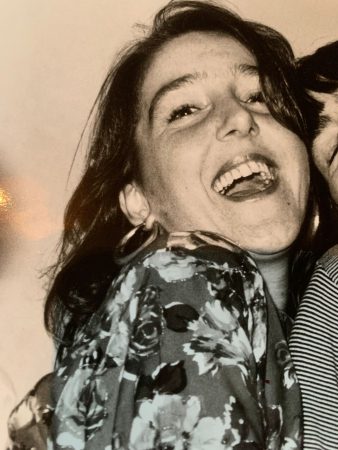
If you could go back to any age, which would it be?
Between 25-35, for sure. At 25 I joined a commune, and I felt that I found the reason for coming into this world. I dove into inner seeking completely, and it became very clear that my life would be dedicated to service of my own inner realization and that of others. I don’t see those two as separate things, so a communal setting is my way to go, it is where inner transformation can happen.
I’m not in a commune anymore, but that’s where I realized the impact of a buddha field a group can create.
One of my favorite quotes:
“The next Buddha will not take the form of a person.The next Buddha will rather take the shape of a community, a community that practices understanding and loving kindness, a community that practices a way of conscious living.
This may be the most important thing for Earth’s survival.” -Thich Nhat Hanh
What should we not waste time on, as 30/40 year olds?
Making others happy, caring too much about what others think. I did it for a while, and I regret it, I felt I wasted 6 years of my life. It’s like I took a pause in life from the age 37-43, I didn’t follow my own gut and was living in a dream, wanting to fulfill other people’s expectations.
As you enter this new season of life, how has it impacted your relationship with spirituality?
It has changed a lot. I’ve been very fortunate to meet great masters in my youth who gave me the foundations to my spirituality. This was important, I really learned the art of surrender. It is different now, I am not anymore focused on someone else, a teacher, a master. My spiritual world is much broader now, and since then I feel that on this path I’m truly on my own.
Even though I still have great realized teachers now, people I seek out for consolation, I do not call them my guru and I am not in search of masters. Things are happening on a different level now. I see my own wisdom, which is inside all of us. After all these years, I feel like I have a opened a door to this wisdom, which I can access when I need to and it is always available to me to dive into. When I listen to spiritual teachers now, it just deepens my connection into that door, that space, which is myself.
The biggest gratitude I have for a master is when I sit in front of them and I see myself.
What do you most value at the age 65? Who are you most interested in spending time with?
I love spending time with very close women friends and I enjoy deep intimate talks. I love to talk about life, how we are walking through it. I love listening to stories from others, both men and women. I’m not interested in superficial small talk, except for when it comes to clothes and shoes 🙂
I also love spending time in silence with people, going on walks, to a cafe, not necessarily talking all the time. I like spending time with people who enjoy silence.
And, I enjoy my own company very much, I love being by myself. Its necessary for me to have my own space.
I do love a good party, but with the right people. What I value the most is true friendship.
About Prema
Prema Bellucci is the Vision Holder of Mandali, and oversees the Mandali Experience Programme. Her passion for self-discovery and helping others find their home within themselves is her life’s purpose, a purpose shared by Mandali. Her care and dedication is felt in all the details of your experience as a retreat participant.


